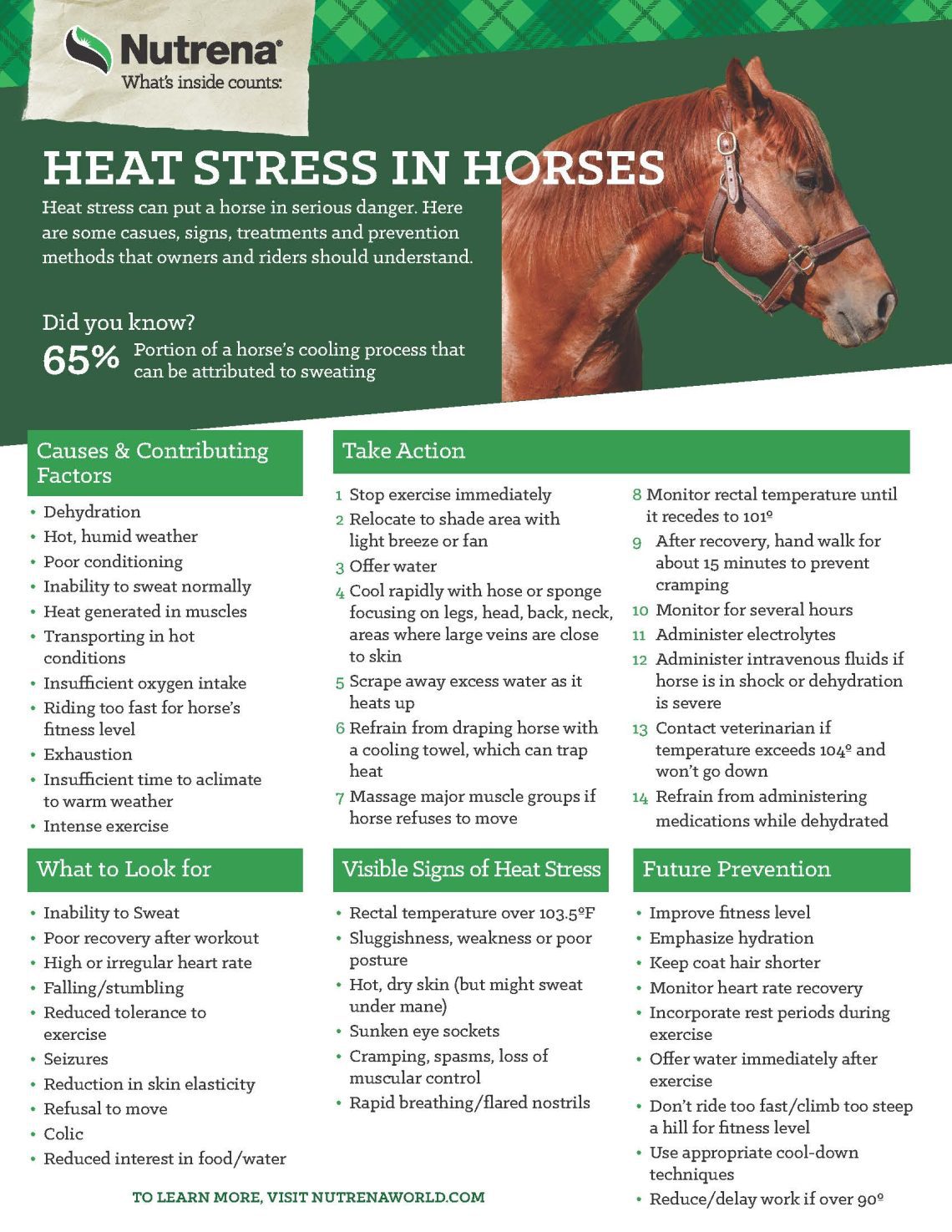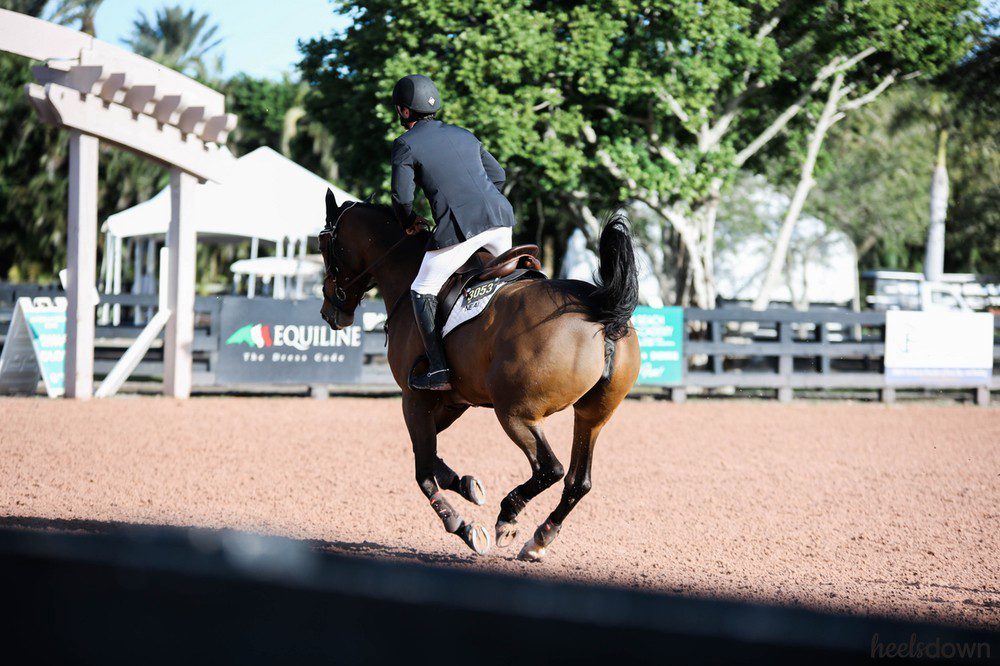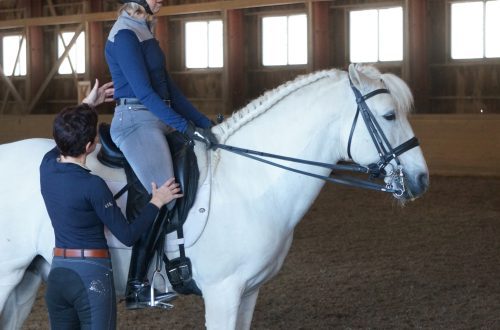
Warming up a “hot” horse: how to pay off excessive stress

Photo: heelsdownmag.com
In some horses, excessive nervousness happens to be transmitted with mother’s milk, and there is a high probability that this character trait will remain with the horse until the very advanced years.
Eventing rider and part-time trainer Victoria Bax specializes in horses with a racing background. For several years, Victoria has been developing her own system of working with overly temperamental horses.
Victoria says: “The way to work with a stressed horse is to build close contact with him. The horse must learn to trust you, in which case be prepared to develop your consistent approach.”
Start with a warm-up
If your horse is tense and tight every time, it will take a long time to warm up. Most importantly, do not demand everything at once.
- When sitting in the saddle, calmly ask the horse to walk on a free rein.
- Move straight around the entire perimeter of the field (arena) to give the horse the opportunity to look around and familiarize himself with the area. You yourself should feel calm and confident, as the slightest tension will be directly transmitted to the horse.
- Make a big volt on a free rein. If you start to close the loops too early, there is a chance that the horse will “close up” again. Try to create a comfortable working environment.
- Keep walking. Start to slowly pick up the reins when you feel that the horse has begun to relax. Watch the position of the ears. Do not try to pick up a very short reason when you start looking for a contact.
Persistence and patience always pay off
With a nervous and temperamental horse, it will take you some time to achieve results, but your patience will definitely be rewarded.
- Slowly dial a little more contact. But don’t overdo it.
- Approaching the corner of the field (arena), ask the horse to give an internal ruling of the head, neck and body. Use your inside leg and inside rein.
- If the horse has obeyed your command with an internal order at the walk, you can slowly rise to the trot. The more measured and calm the lynx is, the better. Try to work in figure eights, keeping a calm rhythm with each change of direction.
- Do not let the horse accelerate, try to stick to the initially set rhythm.
- Move along the perimeter of the field (arena), changing directions as often as possible.
If you feel that the horse is completely relaxed, then you can safely begin to gallop calmly. Make transitions as often as possible to maintain contact.
General advice
Ride with a martingale. It will help you “not grab” the horse’s mouth and also keep the contact.
Source: yourhorse.co.uk





